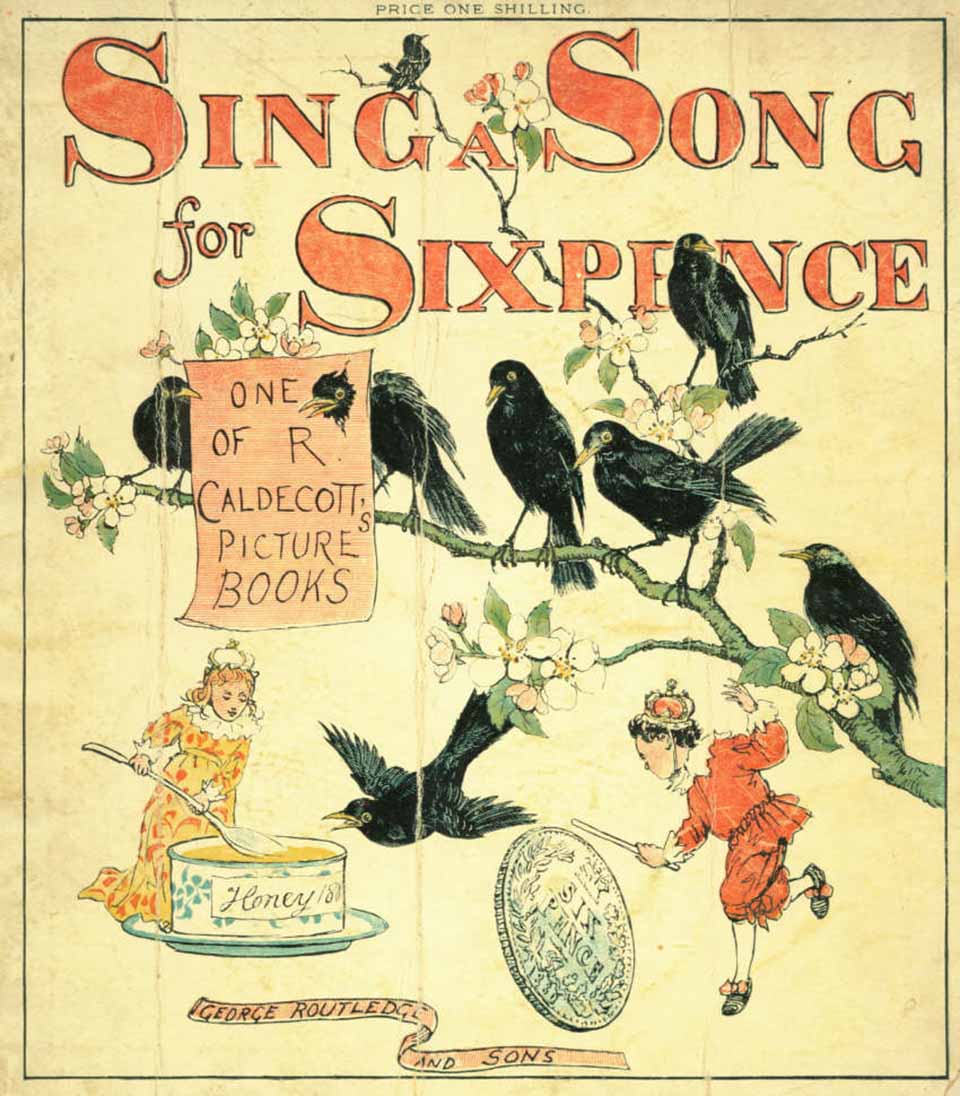
I wonder whether you can tell me the name of the grape variety that is (a) one of the six so-called “noble grapes”; (b) the second-most popular wine grape in the world; (c) the most planted variety in France’s Bordeaux region and (d) because of a movie, suddenly became unpopular in America. If your response is Cabernet Sauvignon, you deserve a poke with a pointed stick, because the answer is Merlot. And in case you’re wondering, the 2004 movie was called Sideways in which Merlot was constantly denigrated by one of the characters, causing American sales to fall dramatically.
Merlot (MER-loh) is unusual in that it’s the only grape variety (as far as I know) named after a bird. To be precise, it’s named after the blackbird, which in French is merle. In a local dialect, merlot means a “young blackbird” and they enjoy eating the grapes on the vine, no doubt to the irritation of the growers. The name might also come from the grape’s colour: a rich blue-black similar to that of the bird. Blackbirds belongs to the thrush family and in Britain they begin their characteristic song around the beginning of February. For some reason, they are rarely heard after July. During the northern winter, blackbirds can sometimes be heard singing quietly to themselves. Now that strikes me as rather a charming thought. But I digress.
The finest Merlot comes from Bordeaux, especially on the right bank of the River Gironde in communes such as St. Emilion, Pomerol and Fronsac. The grape is used almost exclusively in the highly sought-after and astronomically expensive Château Petrus. If you’d like to taste some of this extraordinary wine, you’ll have to fork out several thousand US dollars for a single bottle. I tend not to drink it very often.
While Merlot is produced world-wide, there are two broad styles: cool-climate Merlot (the traditional Bordeaux style) and warm-climate Merlot (sometimes known as the “international style”). The difference between the two becomes important when you want to pair Merlot with food. Cool climate Merlot is a medium-bodied wine with moderate alcohol and fresh red fruit flavours with hints of leafy vegetation. Top quality wines bring aromas of plum, black olive, herbs and mint and sometimes a kind of earthy, elemental quality with clearly-defined tannins. Cool climate Merlot works well with food that has high levels of umami (savory) and salt flavours, like mushroom dishes and sauces, bacon or pizza. It also makes a good partner for grilled chicken, pork chops, roasted vegetables and light cheeses.
Warm climate Merlot is usually an inky, purple colour; full-bodied with up-front flavours, high alcohol and velvety tannins. It often has intense plum and blackberry aromas and makes a good partner for heavier food that’s high in fat and has rich flavours such as prime rib, grilled lamb chops, beef stew or roast duck. The fruity quality makes it an excellent partner for strong blue cheeses. Don’t pair it with acidic foods such as vinaigrettes or lemon sauces. Avoid warm-climate Merlot with fish, leafy greens or light dishes because it will overwhelm their flavours.
There are exceptions of course. A light cool-climate Merlot could complement “meaty” seafood such as grilled swordfish or tuna. Wine and food pairing is partly subjective and partly common sense, but try to pair items which complement each other rather than compete.
Deakin Estate Merlot 2020, (red) Australia Bt 650 @ Wine Connection.
Deakin Estate lies in the Big Rivers region of Australia, a grape-growing zone in New South Wales. On the map, it’s down near the right-hand corner of the country. This wine is a subdued maroon-red which fades to transparent at the rim, revealing that it’s still youthful. When you swirl the wine around, you’ll notice “legs” appearing on the sides of the glass. Contrary to popular belief, these are not an indication of quality but are produced by alcohol evaporation. They’re more pronounced in warm weather and high humidity. The technical term is the “Marangoni Effect” a name that could make an impressive title for a science fiction movie.
 When you’ve finished admiring the legs, you’ll find that the aroma is typical warm-climate Merlot: plenty of rich cherry on the nose with secondary reminders of herbs, mint and sweet dark fruit. The wine is remarkably smooth; dry of course but plenty of plummy fruit and a pleasing dash of acidity which helps to brighten the taste. Warm-climate Merlot can sometimes be rather heavy, but even at 13.5% ABV this one is pleasantly medium-bodied. As a bonus, the wine has an attractive long and dry finish.
When you’ve finished admiring the legs, you’ll find that the aroma is typical warm-climate Merlot: plenty of rich cherry on the nose with secondary reminders of herbs, mint and sweet dark fruit. The wine is remarkably smooth; dry of course but plenty of plummy fruit and a pleasing dash of acidity which helps to brighten the taste. Warm-climate Merlot can sometimes be rather heavy, but even at 13.5% ABV this one is pleasantly medium-bodied. As a bonus, the wine has an attractive long and dry finish.
The wine is far less commercial than I was expecting. The people at Deakin Estate have come up with a classy little number for the price: an easy drinker with something to say. It would make a fine partner for foods which are fairly substantial, such as roasts, grills or pasta in a hearty sauce. It would enhance a lowly beefburger, especially one with a rich mushroom sauce, and it could be perfect with four-and-twenty blackbirds baked in a pie.
 |
 |
 |





